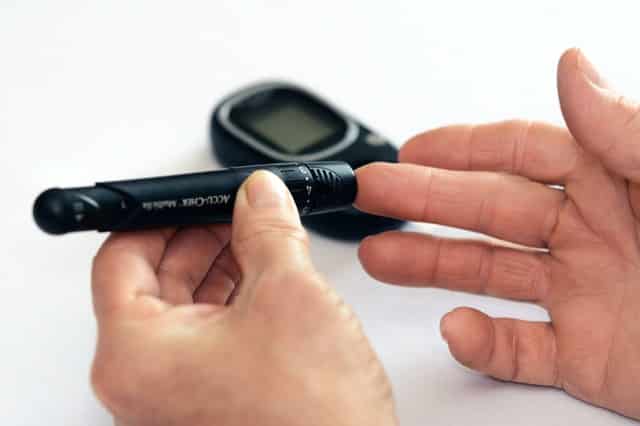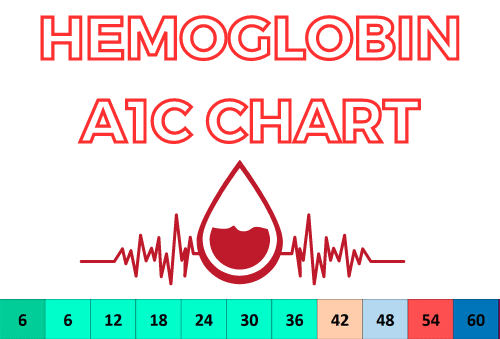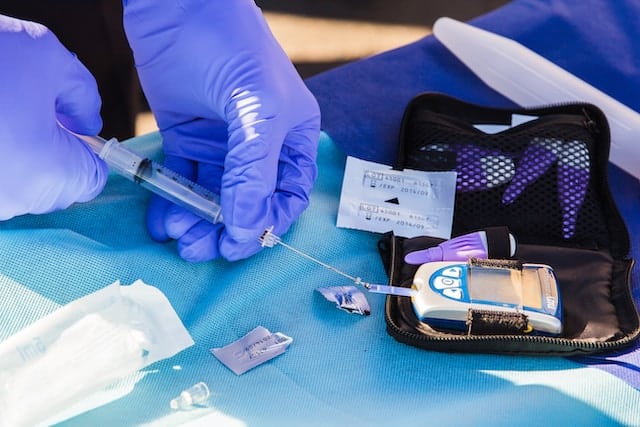Why And How You Should Keep A Diabetes Food Journal
Keeping a food journal can be an essential part of a diabetes management plan. On the most obvious level, a food journal can be used to keep track of your dietary intake. However, a food journal can be used to record exercise, moods and blood sugar levels. Read on to discover how keeping a diabetes food journal could benefit you.
Benefits Of Journaling
Keeping a food journal can help you understand how certain foods affect your moods and your blood-sugar levels. It can be an important tool in helping convey your experience to healthcare professionals. Also, it can be the key to unlocking the most appropriate treatment to help you manage your diabetes.
The main benefit of keeping a journal is that the links between diet, exercise and blood sugar become easier to understand. “Many people are aware of the theoretical links, but seeing that on paper, time and time again, a pasta binge leads to high blood sugar makes the message much more likely to sink in,” explains Matthew Dietz, health writer at State of writing.
In addition, keeping a diabetes food journal can help you take a holistic view of your lifestyle. Including, if you eat healthy and exercise enough. How your habits make you feel and how your habits affect your blood sugar. Furthermore, if your medications are having the desired effect.
It’s Simple And Easy
While there are a plethora of diet-logging apps are available, sometimes it pays to get back to basics. Like, sit down with a good, old-fashioned pen and paper.
The act of jotting down information in a journal can be more emotionally impactful than keying data into an app, which may help you honestly process your feelings and monitor your dietary and exercise habits.
However, if you’re more comfortable using an app, there are plenty available to help you keep a virtual journal.
How To Journal Effectively
The most important thing is to remember to be honest with yourself. Keeping a journal is completely pointless if you are not 100% truthful. The main purpose of this journal is to help you, not your doctor or dietitian, so don’t be tempted to lie: you would only be cheating yourself.
Starting a new journal can be intimidating, so to help you get on track, here are some indicators of what you should be including.
-
What You Eat
Try to include detailed descriptions of foods and portion sizes, including the breakdown of carbohydrates, fats and proteins. Sodium is another good thing to keep track of, as well as any vitamins or minerals you may be concerned about.
-
When You Eat
Keep track of when you eat. This can help you ensure you eat regularly, and can enable you to identify any unhelpful eating patterns, such as skipping meals and overindulging later in the day. Eating regular, sensibly-portioned meals can help stabilize blood sugar levels and keep hunger pangs at bay.
-
Your Blood Sugar
This may seem obvious for a diabetes journal, but it bears repeating: keep track of your blood sugar levels. As a guide, keep track of your fasting blood sugar level, and your blood sugar level before and after meals. However, when you test your blood glucose, it is largely personal and will be dependent on what works for you. This is what has been suggested by your health care provider.
-
Medications
Note down any medications you take, including time and dosage. This can help you understand how they are influenced by your meals and activity levels.
-
Feelings
“The link between emotions and eating is huge, and keeping track of how you feel throughout the day can help you determine if you are eating to sate physical hunger or something emotional,” advises Paula Benton, psychology writer at Paper Fellows. In conjunction with point 2 in this list, this can help you get on top of emotional eating and differentiate true hunger from emotional needs.
Keeping a food journal is a great way to help manage your diabetes and can be a very useful tool for your health care practitioners. With the simple tips listed above, you’re ready to get started with your diabetes food journal and take control of your health.
Image Credit






